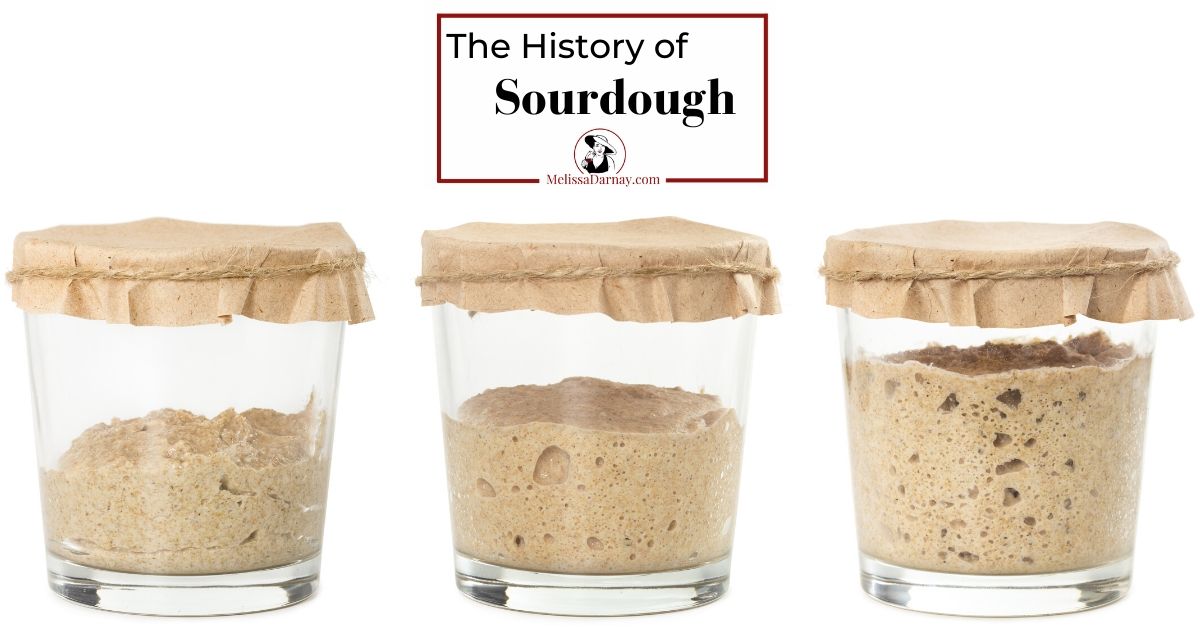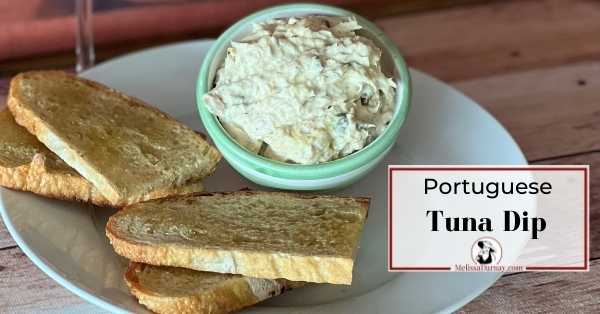I’m currently obsessed with making sourdough bread. It helps that my husband is a carb-aholic, so he eats all of my experiments. (He somehow still manages to have six-pack abs. Life isn’t fair.)
I grew up in California, where San Francisco sourdough reigned supreme. When I moved to Texas, sourdough bread was hard to find. And then when I moved to Panama, it became the pot of gold at the end of the rainbow…utterly unattainable. What’s a self-taught foodie to do? Suck it up Buttercup and put your apron on, that’s what.
I have developed a sourdough bread recipe that is an easy recipe for beginners. It’s low-hydration, which means the dough is easier to work with. It’s that perfect mix of tangy and chewy and crispy. My friends grovel for it, and my husband races home when a loaf comes out of the oven. But sourdough isn’t just a type of bread, it’s actually the oldest form of leavened bread.
Sourdough was used 5,000 years ago in Egypt. Our ancient ancestors discovered that when flour and water were left out before baking, the bread tasted better and had a lighter texture. Keep in mind this was long before yeast was “discovered.”
Wild yeast lives everywhere–on grain, in the air, and even on our skin. By allowing this wild yeast to ferment in flour and water, sourdough was created inadvertently. Some purist bakers to this day do not use commercial yeast but rather create a starter from the yeast that occurs naturally around us.
In the 1st century BC, bakers in Gaul and Iberia (modern-day Western Europe) used beer foam to make bread, which sped up the process and improved the texture.
In 1680, Dutch scientist Antonie van Leeuwenhoek, the father of microbiology, first saw yeast cells under a microscope. Even though he explained yeast at a microbe level, he didn’t understand fermentation. In fact, he wrote about the air bubbles in beer although he couldn’t figure out where the air came from. We now know those bubbles are made up of carbon dioxide, a byproduct of the fermentation process.
In 1857, French scientist Louis Pasteur realized yeast was responsible for alcoholic fermentation. This discovery changed everything, and paved the way for commercial yeast.





0 Comments